Taneasha Muonio
Taneasha Muonio is a proud Minnesota native and PA-C (Physician Assistant Certified) with a diverse background encompassing medicine, Taneasha has dedicated her career to advancing health equity and has been at the forefront of advocating for marginalized communities, particularly focusing on extending the life expectancy for Black patients through a combination of social justice initiatives, research, and increasing medical literacy. In addition to her clinical expertise, Taneasha is a fervent advocate for systemic change within healthcare systems. Her purpose in the work is to create a more just and equitable healthcare landscape for all individuals regardless of their identities.
Shay Marlowe (he/him/his)
Shay Marlowe has been working in the diversity, equity and inclusion sector for state government since 2023. As a former diversity recruiter and the former chair of the “Men of African Heritage” employee resource group at MN-DHS and MN-DCYF, Shay has made it his personal mission to educate, support and protect youth and families of color. When Shay is not facilitating cultural awareness classes for government employees, you can find him mentoring students of color at Augsburg University, St. Thomas University, Big Brother Big Sister Twin Cities and 100 Black Men Inc.
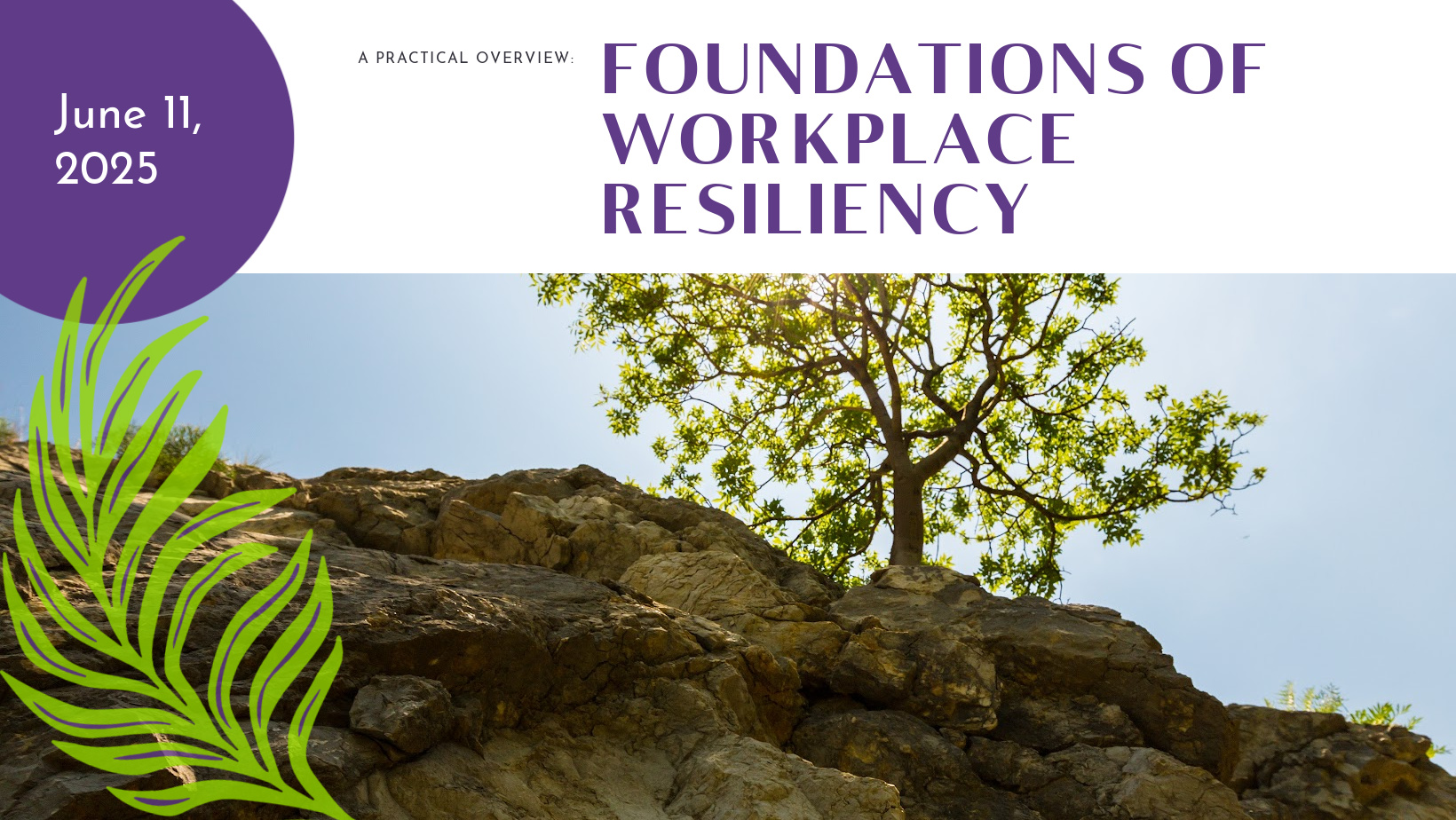










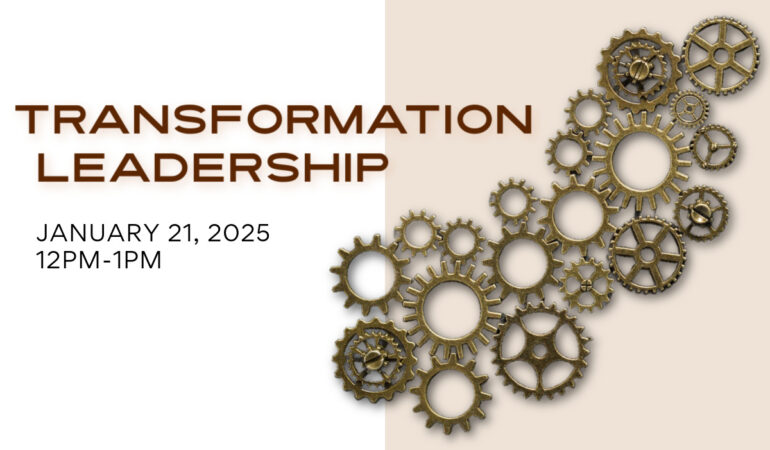
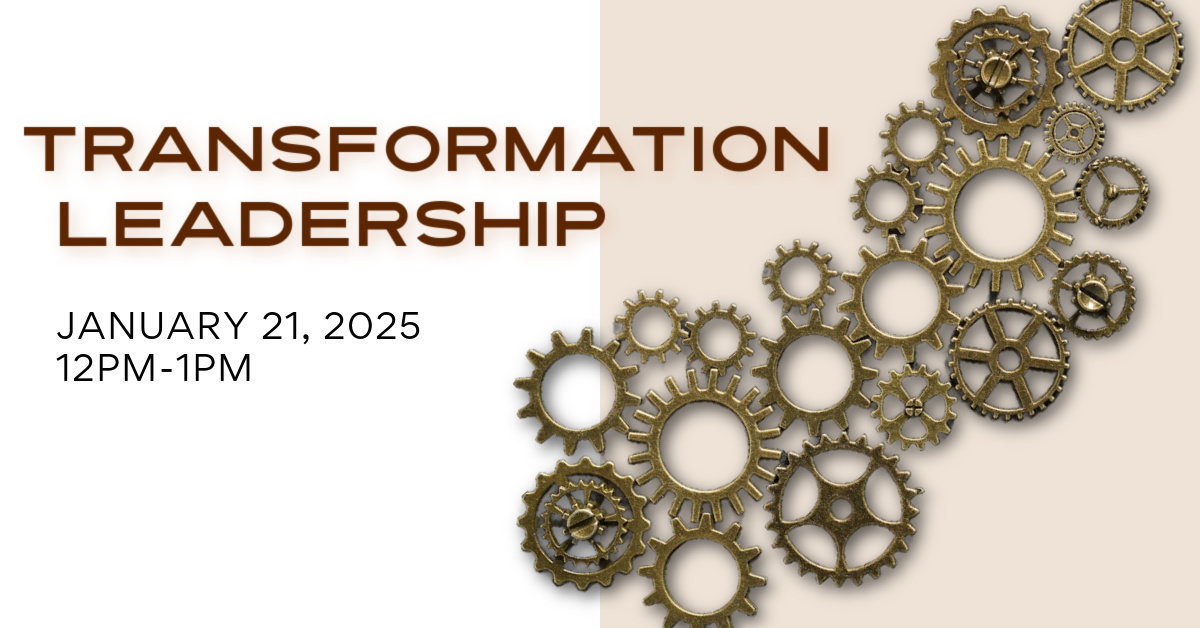


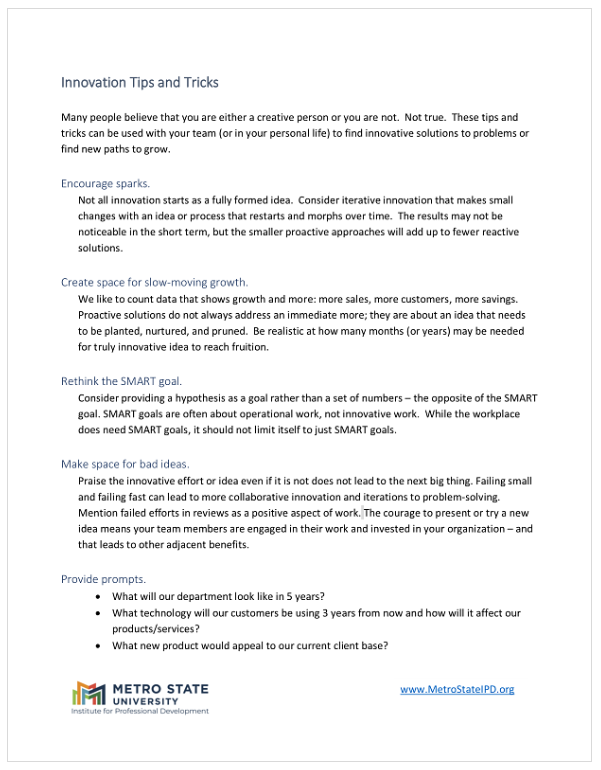


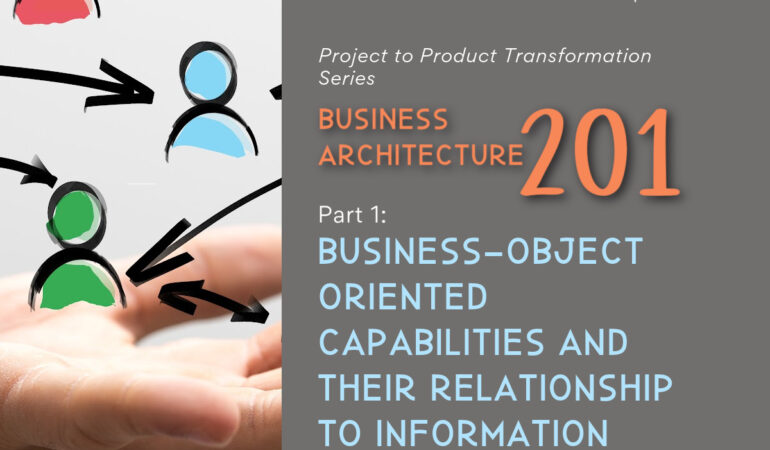
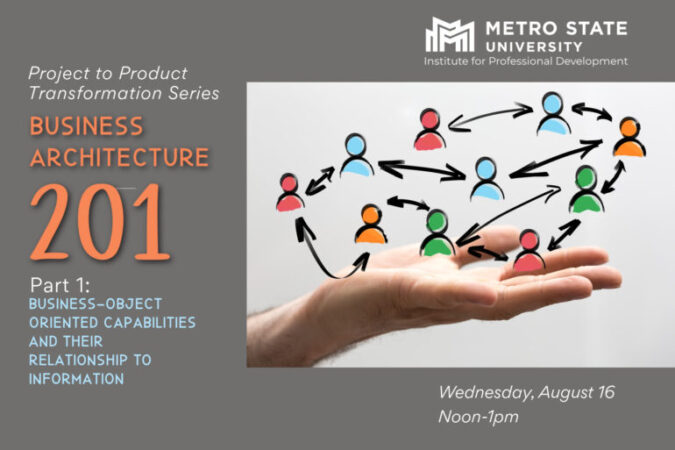

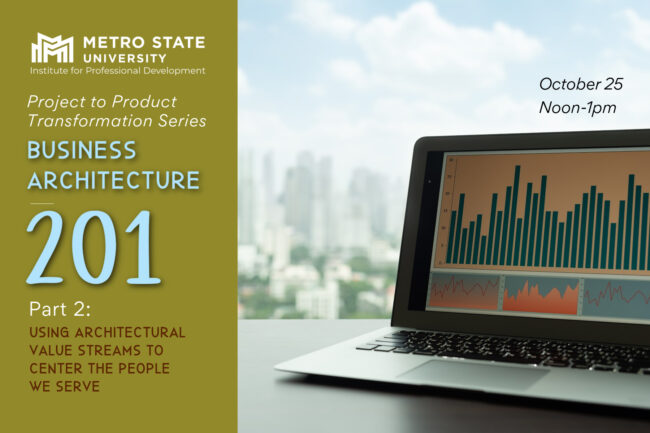
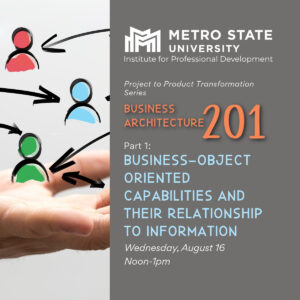 Interested in Watching the First Part of the Series?
Interested in Watching the First Part of the Series?


